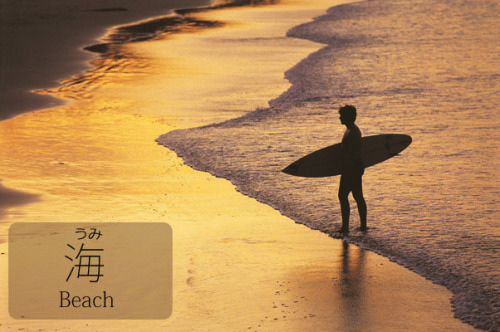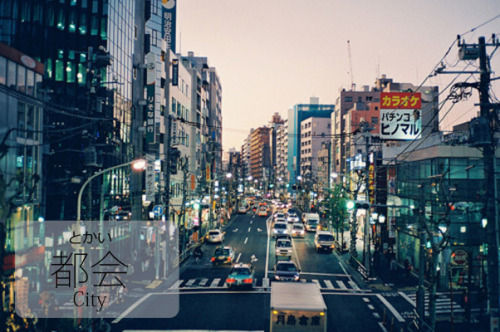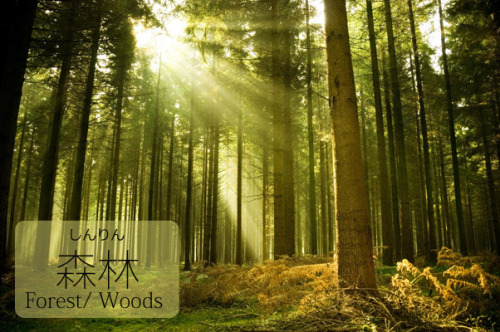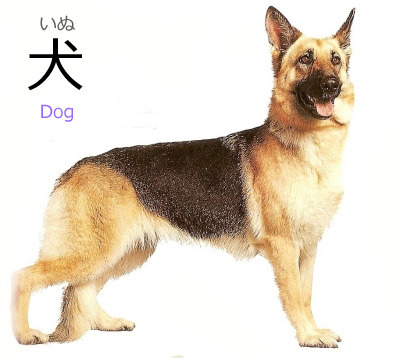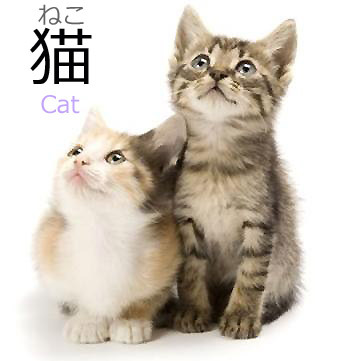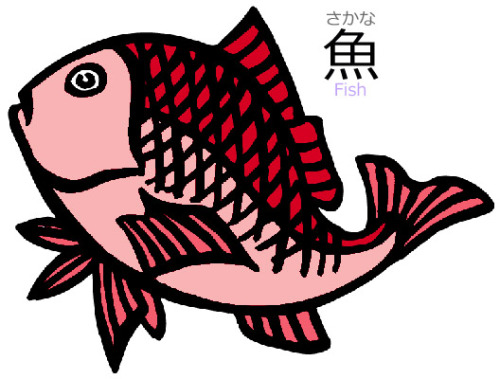#flash card
1.Beach: umi / うみ/海
2.City: tokai / とかい/都会
3.Countryside: inaka / いなか/田舎
4.Forest: shinrin / しんりん/森林
Notice the “ り ” or “ri” on the picture is a little different to that which is typed (looking more like “ら” without the stroke at the top). It can appear in both forms and all depends on the font or the person writing. Though “ り ” is more common, it is good to be aware of this little difference.
Post link
Common animals in Japanese language.
____________
When learning to speak in Japanese, one must approach it from a realistic point of view. Learning all the names of every single animal or food out there is not practical. It it better to just start out with every day things (such as the animals in your own home - or your friends - and the ones in the Japanese environment.)
Post link

